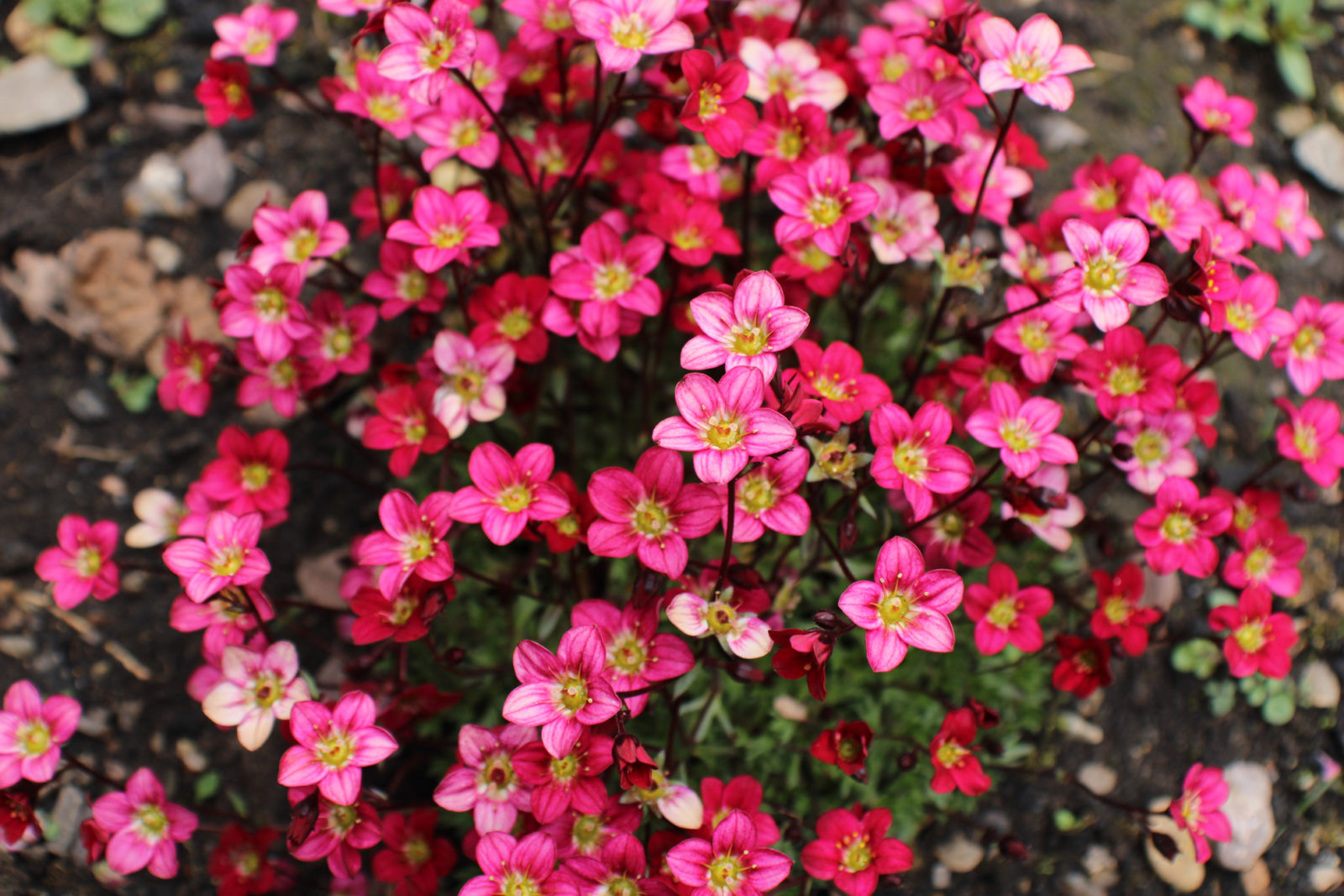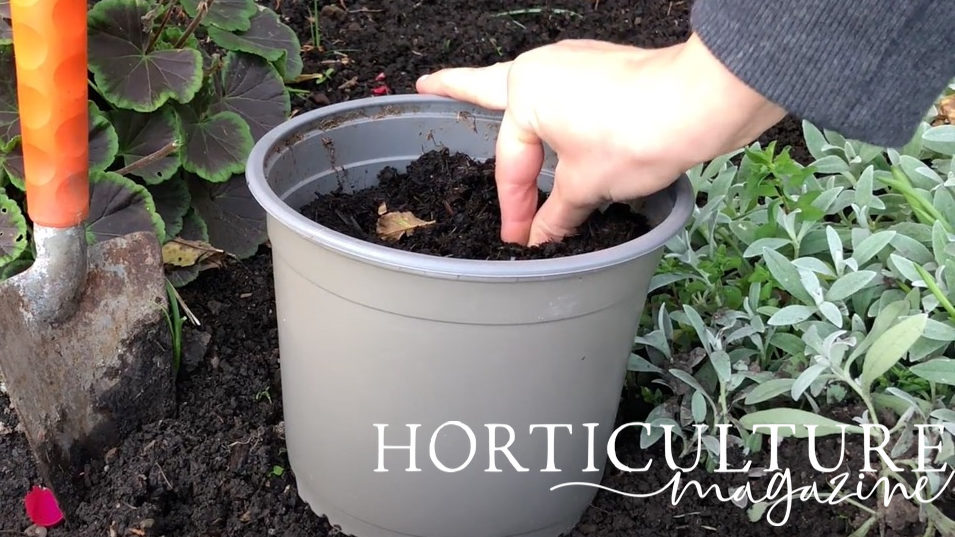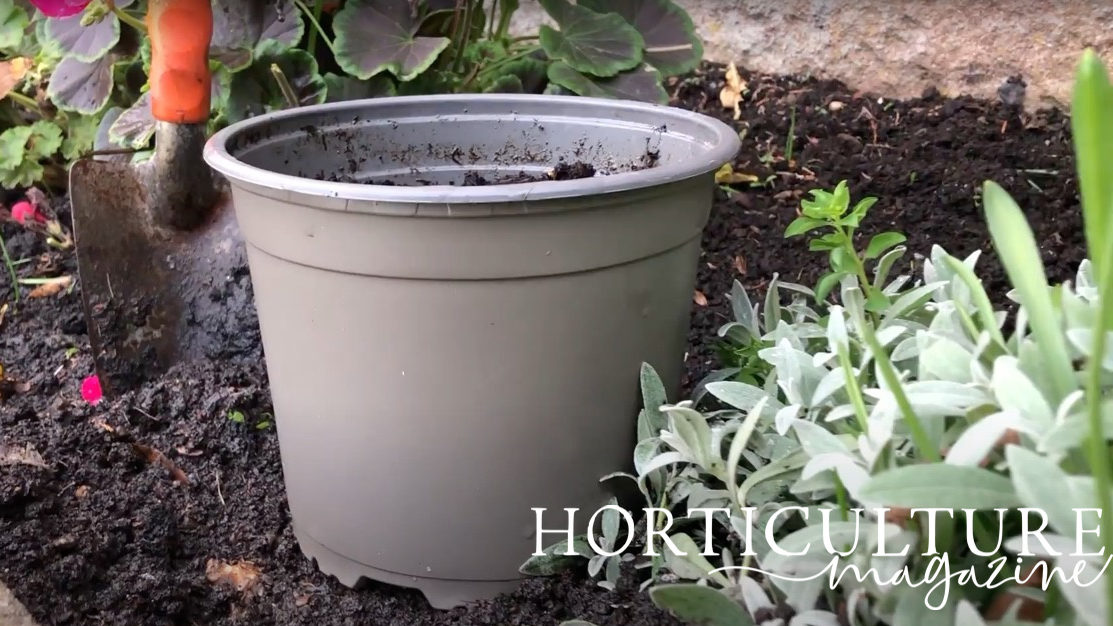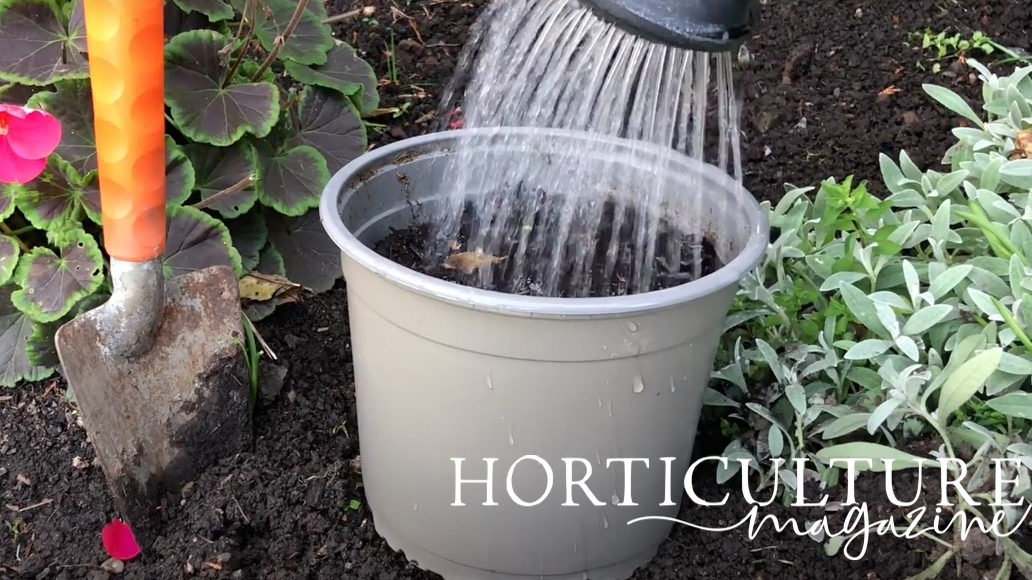Planting Out Saxifraga Bulbs In Autumn – They Work In Pots Or As Ground Cover


Elizabeth is a Permaculture Garden Designer, Sustainability Consultant and Professional Writer, working as an advocate for positive change. She graduated from the University of St. Andrews with an MA in English and Philosophy and obtained a Diploma in Applied Permaculture Design from the Permaculture Association.
Reviewed By COLIN SKELLY

Colin is a Horticulturist and Horticultural Consultant with experience in a range of practical and managerial roles across heritage, commercial and public horticulture. He holds the Royal Horticultural Society’s Master of Horticulture award and has a particular interest in horticultural ecology and naturalistic planting for habitat and climate resilience.
Contributions From EMILY CUPIT

Emily is a Gardening Writer, Photographer and Videographer from Derbyshire, UK. She is the Founder of Emily's Green Diary - a community of more than 75,000 people who share in her gardening journey.
IN THIS GUIDE
SAXIFRAGA GUIDES
Planting
Saxifraga is a genus of flowering plants commonly known as ‘Saxifrages’ or ‘Rockfoils’.
There are hundreds of species in this genus, many of which are useful and versatile plants to grow in containers, in a rockery, a dry meadow, or in an alpine garden scheme.
They are mostly mat-forming in their growth habit and create a good ground cover.
Saxifraga bulbs are best planted in pots between September and early November.
“Most Saxifrage species are perennial but some are biennial or annual,” shares Horticultural Consultant Colin Skelly.
“The bulb species are spring-flowering woodland plants and are great for underplanting or for pots and containers.”
If you would like to grow Saxifraga varieties from bulbs, here is the process to follow:
- Select a variety to grow and source your bulbs.
- Prepare a suitable container or growing area.
- Plant the Saxifraga bulbs 2-3cm deep and approximately 10cm apart.
- Water in well, then, if growing in containers, leave outdoors in pots to flower the following spring or early summer, or transplant young pot-grown plants to the garden in spring.
When To Plant
Saxifraga bulbs should be planted in the autumn, ideally in September or October.

You can plant them up until December, though it’s important to note that the bulbs you keep will not store and remain viable into a second year.
1) Source Your Bulbs
There are a number of different saxifraga bulbs that you might choose to grow in your garden; selecting which bulbs to grow is the first part of the process.
One excellent option that I would recommend for a low-maintenance location with free-draining conditions is S. granulata ‘Flore Pleno’.

This white-flowered gem can work well in containers, borders, as ground cover around the fringes of a fruit tree guild or forest garden, or in a gravel garden or rockery.
2) Prepare The Growing Area
You can plant small Saxifraga bulbs directly into the soil where they are to grow.
However, for best results, it is often beneficial to plant these in containers first, since this gives the plants the opportunity to become established without too much competition.

Choose a free-draining container (or, if growing in the ground, make sure drainage is adequate) as free-draining conditions are essential.
To grow Saxifrages in pots, fill your containers with a peat-free multipurpose compost or a homemade equivalent, amended with horticultural grit to improve drainage.
3) Plant Your Bulbs
Next, plant the Saxifraga bulbs.
Remember, whether you are planting them in the ground or in containers, they should be placed around 10cm apart from one another, and should be covered with around 2-3cm of soil.
4) Water In Well
Finally, water your Saxifraga in well after planting your bulbs.
After this, you are unlikely to have to water over the winter months.
Just make sure, come spring, that you water if there is a dry spell where you live.

Generally, these low-maintenance plants will tend to themselves when growing outdoors and will require very little ongoing care.
When placed in a suitable location, plants should bloom well over the coming years.
